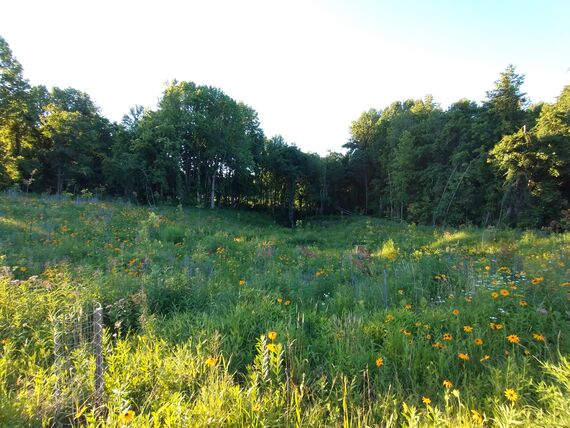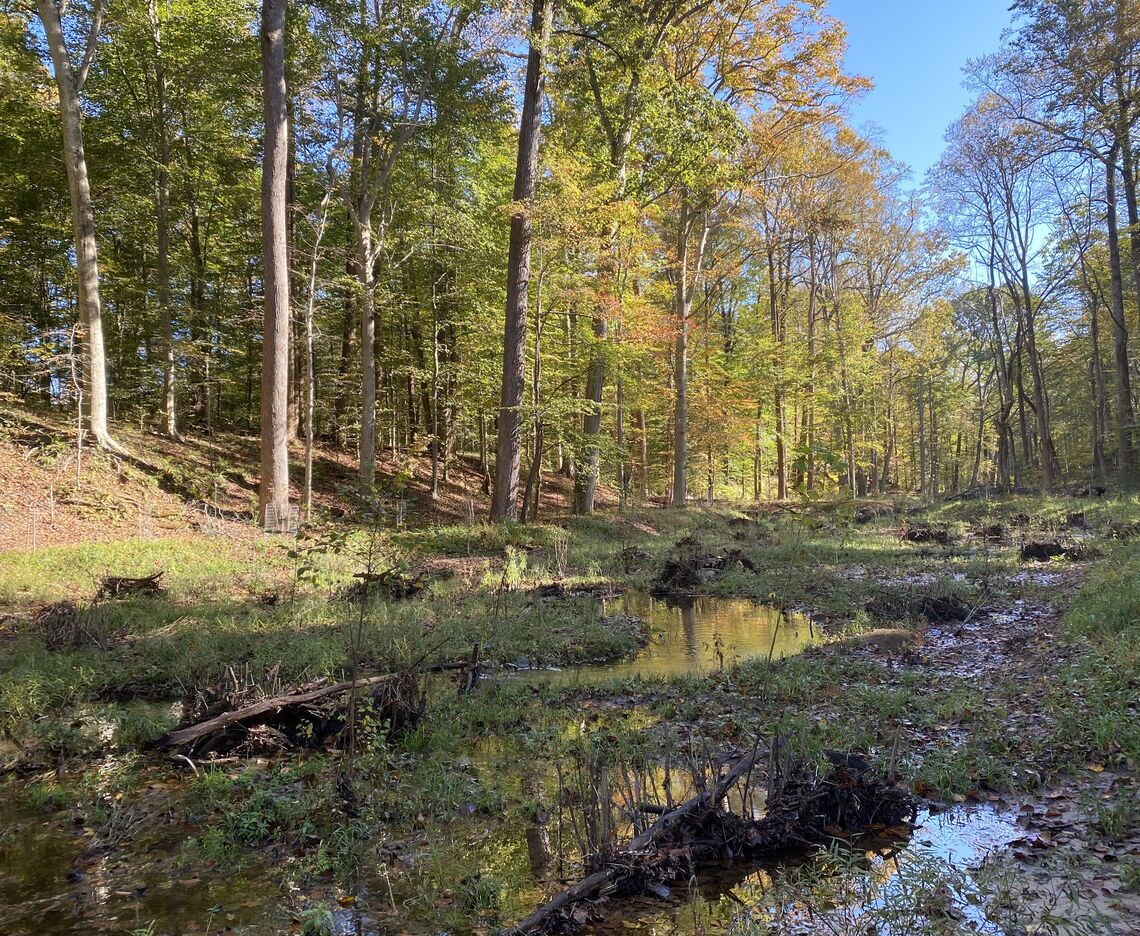
TMDL STREAM RESTORATION AT ROSARYVILLE STATE PARK
UPPER MARLBORO, MD
McCormick Taylor performed stream assessment, engineering, and restoration design services to execute this approximately 12,000 linear foot stream restoration project.
THE CHALLENGE
McCormick Taylor was the lead and sole stream restoration design and engineering consultant serving the Maryland Department of Transportation State Highway Administration (SHA) who initiated the project in pursuit of TMDL credit. Services performed by McCormick Taylor included: geomorphic assessment, wetland delineation, forest stand characterization, specimen tree identification, engineering design, hydrologic and hydraulic modeling, technical reporting, preparation of plans, specification and estimate packages through project advertisement, and designated specialist services overseeing project construction.
The restoration design strategy focused on improving the stream’s physical and biological function by reconnecting floodplain access, reducing bank erosion and instream sedimentation, increasing hyporheic exchange, enhancing habitat conditions for benthic and fish communities, and minimizing natural resource impacts. McCormick Taylor designed new site-specific structures to specifically target and serve the restoration design strategy. The outcome of the stream restoration supports TMDL requirements outlined in SHA’s MS4 permit.
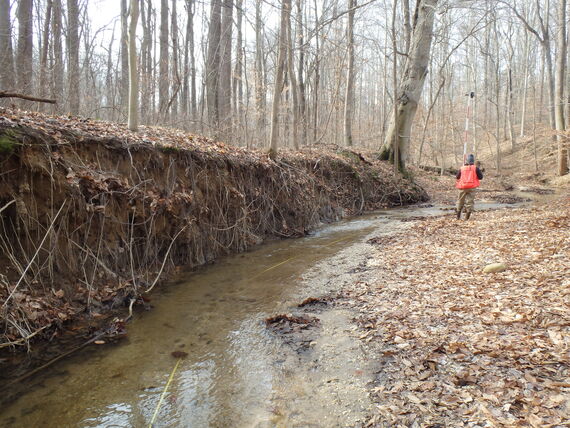
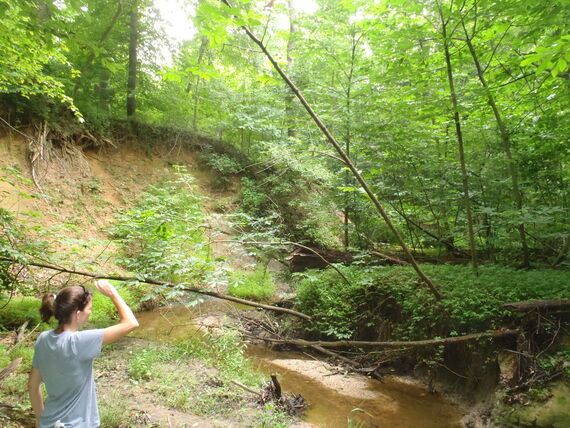
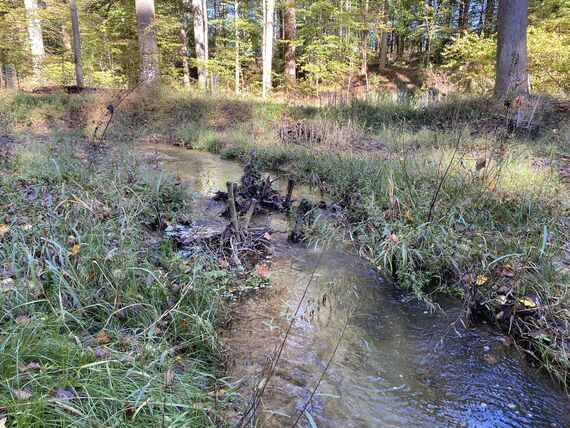
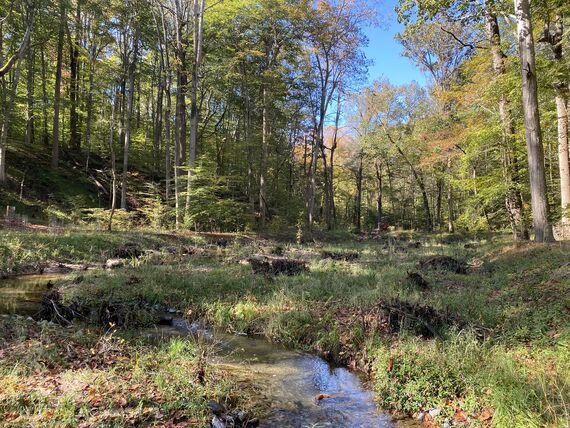
HOW WE HELPED
For Rosaryville in particular, innovative instream structures and headcut stabilization practices were designed to fulfill site-specific needs and objectives. In total there were fourteen channels and headcut wetland seeps with individual construction baselines and multiple other tributary confluence points addressed. We developed new instream structure details for this project, which included four new types of instream riffle with incorporated woody debris. Within each feature, woody debris size, type, and position were varied to achieve multiple functions and increase instream diversity. The sizing of the larger logs and stone mixes was an iterative design process utilizing buoyancy calculations and hydraulic modeling. Site-specific pool enhancement features and engineered log jams were designed to fit exact location geometry and were constructed fully out of woody debris. The pool enhancement feature is a rootwad embedded in pools to facilitate controlled and localized scour while providing instream woody structure for habitat improvement. The engineered log jams were placed in a small tributary to encourage deposition and trapping of fine sediment from upstream sources while minimizing disturbance footprint.
Another novel restoration technique was developed to address three large headcut complexes, with headcuts ranging from 13ft to 22ft in height. The restoration approach used a combination of berms and pools with infiltration media to provide storage of storm flow and development of wetland conditions. Pools and berms were heavily planted with trees, shrubs, live stakes, live fencing, and a native seed mix.
PUBLIC ACCESSIBILITY
The public can see and interact with the majority of the restored channel length from within Rosaryville State Park. Community involvement and public education benefits have continued through construction and post-construction. While initiated in pursuit of TMDL crediting, the project has resulted in substantial benefits to the park and the natural environment through the restoration of eroded stream channels and associated diversification of instream and riparian habitats.
Prior to our work on this project, pre-restoration, bare vertical banks were typical in many locations, limiting pedestrian access and posing safety risks for park users. Bank grading, stabilization, and the use of extensive benching have reduced the average bank slope and height, improving accessibility to the stream channel.
Learn More:
AWARDS
2020-2021 Honor Award, ACEC/MW Engineering Excellence Awards
